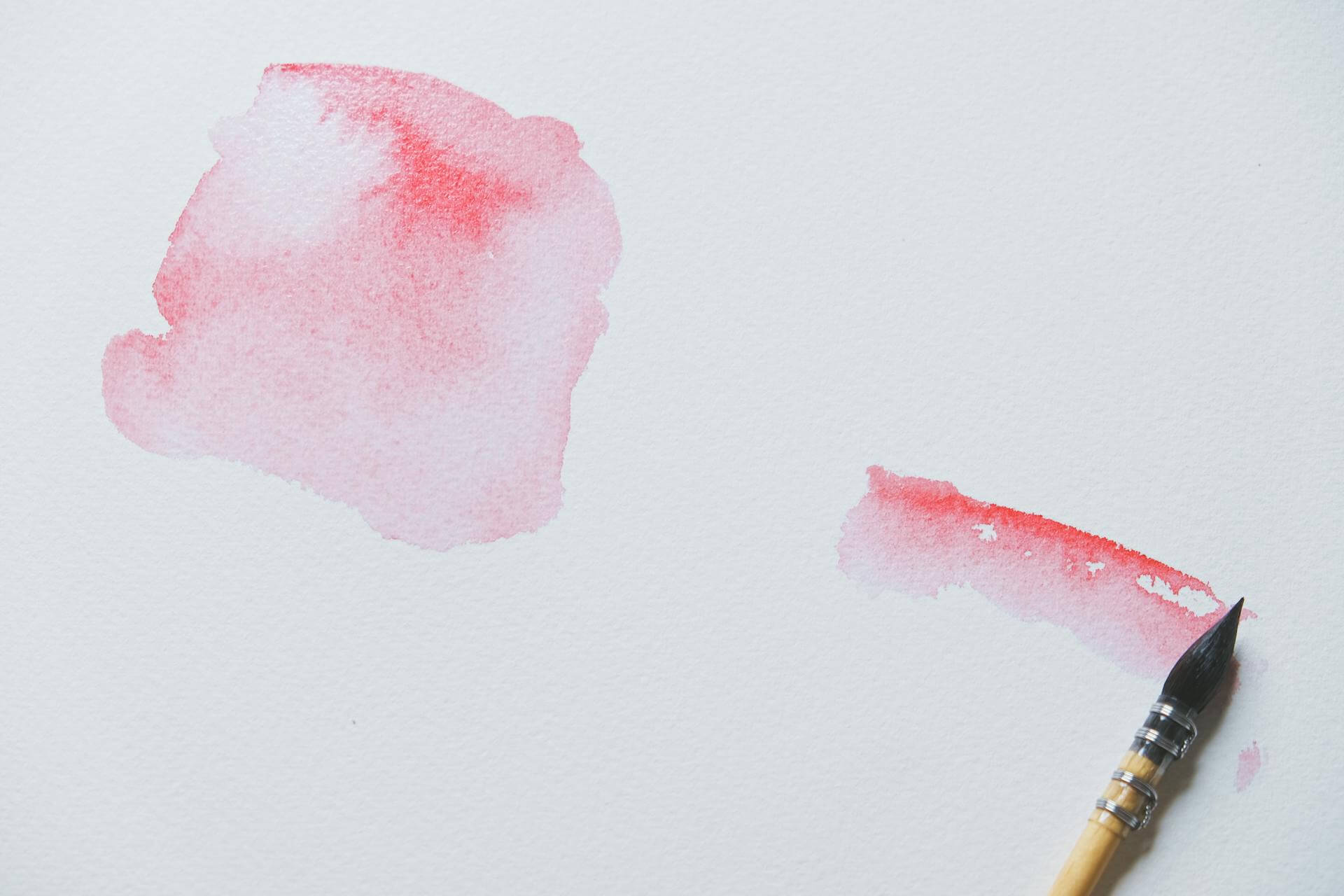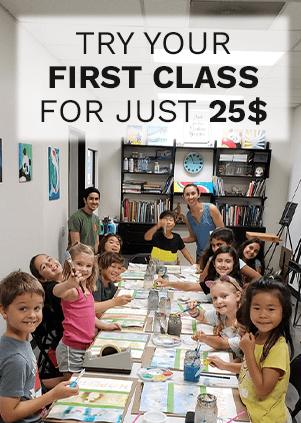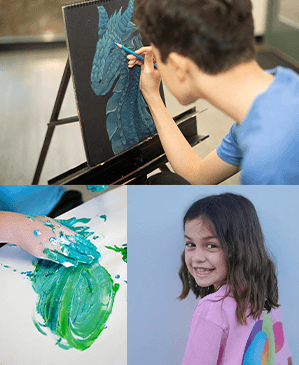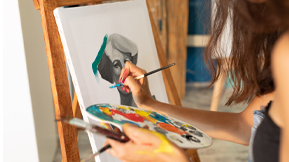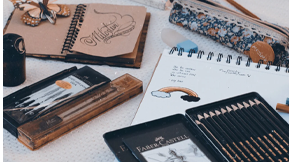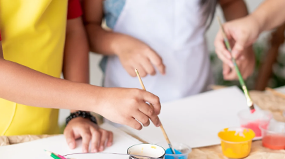Beginner’s Corner: Getting Started with Watercolors
If you’re new to watercolor painting, the key is to embrace the unpredictable nature of the medium. Watercolor paint is transparent and relies heavily on water, which can be intimidating but also incredibly freeing. Here are a few tips to set you on the right path:
- Start with Quality Supplies: While you don’t need the most expensive materials, using quality paper, brushes, and paints makes a significant difference. Cold-pressed paper, round brushes, and a basic palette of professional-grade paints are ideal for beginners.
- Experiment with Water Control: Water is your best friend and sometimes your biggest challenge. Too much water can dilute colors, while too little can make your painting appear dull. Practice controlling the amount of water on your brush by experimenting with washes, gradients, and dry brushing.
- Embrace Mistakes: Watercolors have a mind of their own, so learn to accept and work with imperfections. Often, these unexpected effects can lead to beautiful, creative outcomes.
Intermediate Techniques: Building Your Skills
As you grow more confident, you can begin incorporating intermediate techniques to refine your paintings and experiment with new ideas.
- Layering and Glazing: This technique involves adding layers of translucent paint over dried layers to build depth and color intensity. It’s great for creating realistic effects in nature scenes or adding vibrancy to your paintings.
- Wet-on-Wet Technique: Applying wet paint onto a wet surface allows colors to blend organically. This technique is perfect for creating dreamy skies, abstract effects, or soft backgrounds.
- Masking Fluid: Use masking fluid to preserve areas of your painting that you want to keep white or untouched by color. Once your paint dries, you can peel away the masking fluid, revealing crisp, untouched spaces.
Advanced Adventures: Mastering Watercolor Creativity
At an advanced level, you’re likely looking to push the boundaries of your creativity. Advanced techniques can give you more control over the medium, while still embracing its fluid nature.
- Salt and Texture: Sprinkling salt on wet watercolor creates unique textures that resemble organic patterns. This is ideal for adding interest to backgrounds or enhancing natural textures like sand or rock.
- Lifting Techniques: Sometimes, you may want to remove or soften areas of paint. Using a clean, damp brush or paper towel, you can gently lift color from the paper. This technique is great for creating highlights or softening edges.
- Color Theory and Experimentation: Advanced artists often push the boundaries by experimenting with bold color combinations and unexpected blends. Use color theory to explore contrast, harmony, and mood in your artwork.
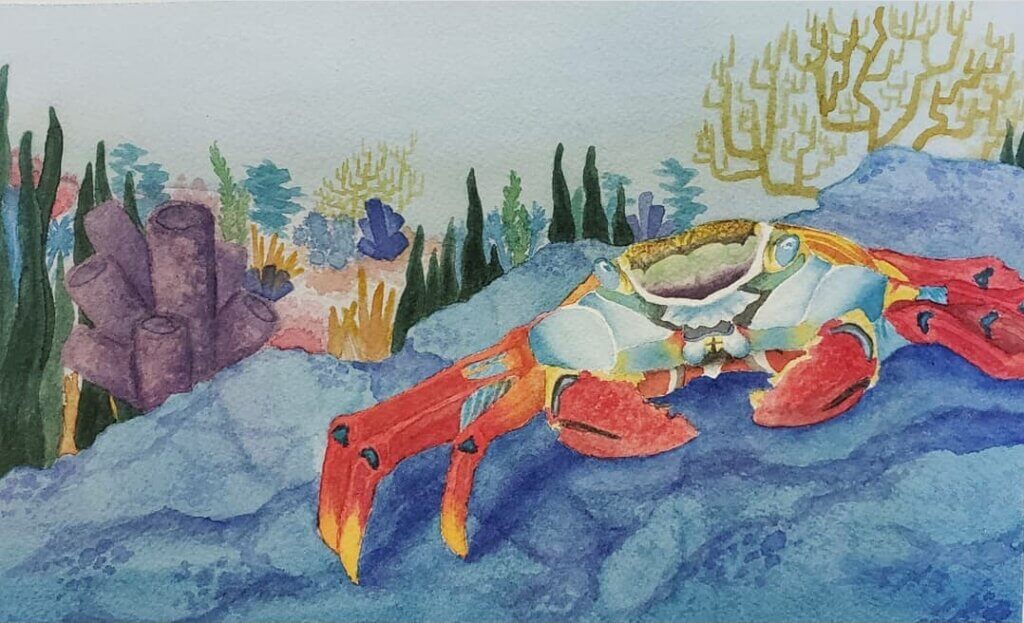
Common Mistakes to Avoid with Watercolors
Even experienced artists make mistakes with watercolors, but awareness of these pitfalls can help you avoid them:
- Overworking the Paper: Scrubbing the paper too much with your brush can break down the fibers and cause pilling. Instead, work gently and let your layers dry completely before adding more paint.
- Not Using Enough Water: Water is essential to watercolor, and beginners often don’t use enough. The result is paint that looks too opaque and lifeless. Learn to embrace water’s role in blending and lightening your colors.
- Ignoring Paper Quality: Watercolor paper is specifically designed to absorb water without buckling. Using regular paper can lead to uneven results and frustration.
The Golden Rule of Watercolor
Watercolors require a measured, mindful approach, as the paint needs time to dry between layers. Impatience can lead to muddy colors and overworked sections. Allow your work to dry fully before adding more layers or attempting fine details.
Embrace Your Watercolor Journey
The best watercolor technique for unleashing creativity is the wet-on-wet approach, which encourages free-flowing expression by allowing colors to bleed and blend organically. This technique embraces the unpredictable nature of watercolors, creating ethereal and abstract effects that no other medium can replicate.
Whether you’re a beginner or an advanced artist, creativity lies at the heart of watercolor painting. By practicing and exploring various techniques, you can unlock new levels of artistic expression. Remember, there’s no wrong way to use watercolors—let your imagination flow, and sign up for our classes today!

